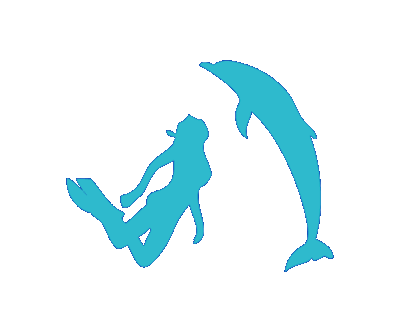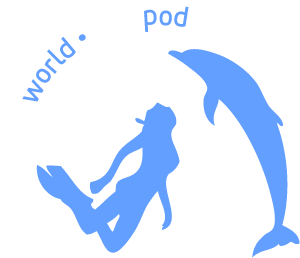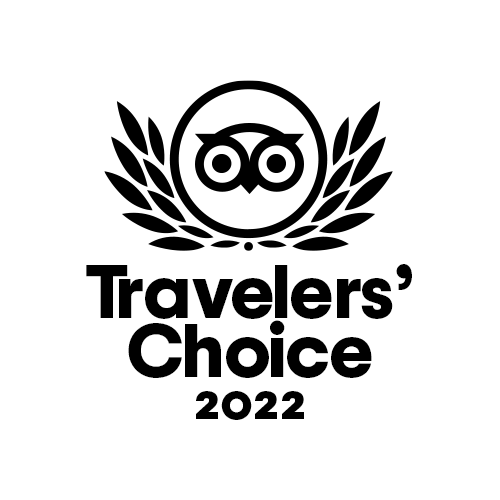The Bahamas
Behold The Bahamas
The Bahamas is an oasis and boasts the clearest water on the planet with a visibility that can be over one hundred feet. The waters are so blue they seem to merge with the skies.
Christopher Columbus, looking for the New World, made landfall in 1492 at San Salvador, east Bahamas and called the islands ‘baja mar’, (j pronounced ‘ha’) meaning ‘shallow sea’.
The Bahamas is made up of 29 islands, 661 cays, and 2,387 rocks, spread over an 180,000 sq. mi. (470, 000 km²) archipelago of the world’s clearest waters.
Many of the islands are tiny, making up a total land mass of only 5,382 sq. mi. (13,939 km²), making the Bahamas the 150th smallest country out of 192 in the world. The islands are also flat, at or near sea level, with the highest land elevation at only 206 ft (63 m). Find out more on The Bahamas official website.
The currency is the Bahamian Dollar which is interchangeable with eagerly accepted $USD, i.e. 1:1 value, linked to the exchange rate.
History of The Bahamas
- The first Bahamians arrived around 500 BC from surrounding Caribbean islands, descendents of the Taino people in South America. At the time of Columbus’s discovery in 1492, when he claimed the islands for Spain and recorded history here began, the native population was around 40 000.
- The Spanish had little interest in the islands, except to plunder its peoples as slave labour. By 1520 there were no native islanders left and the Bahamas remained desolate for almost 130 years until French and British colonists tried to settle here.
- It wasn’t until 1692 when Europeans settled permanently, on the island of Eleuthra, (meaning ‘freedom’ in Greek). They made a living from salvaging sea wrecks and until 1718 when the Bahamas became a British Crown Colony, the islands were a pirate’s haven, home to about 1000 ‘English Privateers’ attacking Spanish and French ships all over the Caribbean.
- After the American Revolution, Britain granted land rights to Loyalists in the Bahamas and the population tripled, including thousands of African slaves bought to work on the new plantations. Most Bahamians today (90%) are descended from those slaves, as well as thousands of captive Africans freed from slave ships after the abolition of the slave trade in 1807 and the abolition of slavery in the British Empire in 1834.
- During WWII the first Bahamas airport opened in Nassau, which became the international airport in 1957, heralding the growth of mass tourism.
- Today’s economy is based on twin pillars of tourism (60% of GDP) and off-shore finance (15% GDP), making it one of the wealthiest countries in the America’s when measured by per capita gross domestic product. 80% of Bahamas’ food is imported.
- The Bahamas became a fully independent country in 1973, and is still part of the British Commonwealth. The system of government is a parliamentary constitutional monarchy and political and legal traditions closely follow the British system.
- The Capital City of The Bahamas, is Nassau, on New Providence Island, where 70% of a total population of 319 000 live.
- Because of the island’s British past, vehicles here drive on the left.



